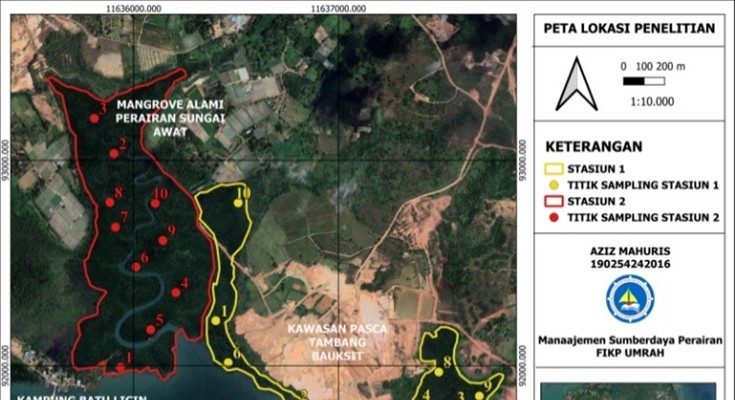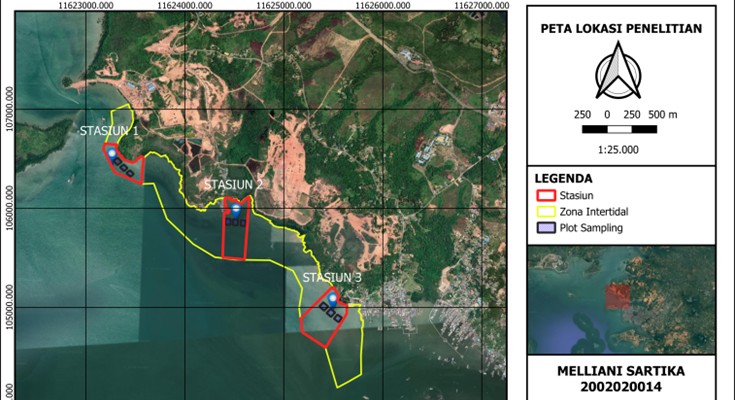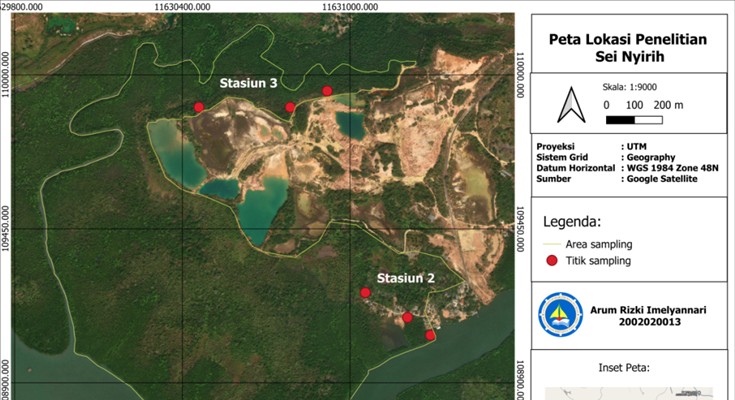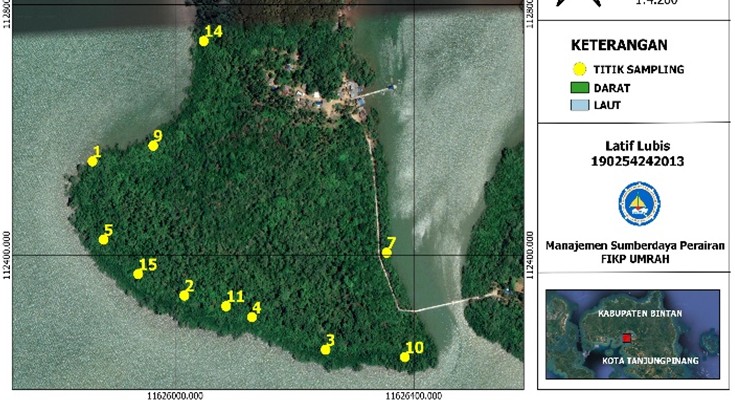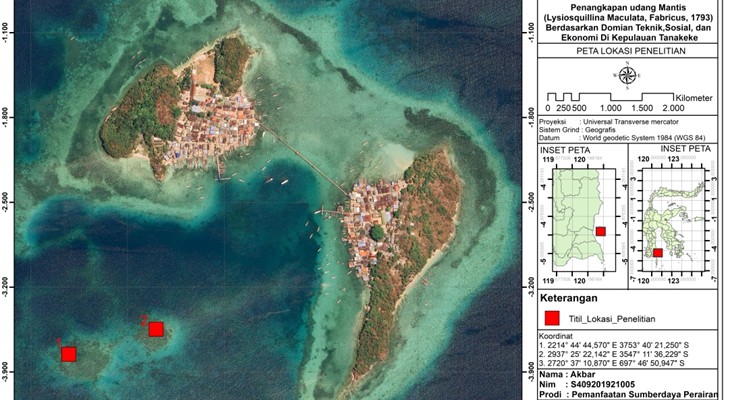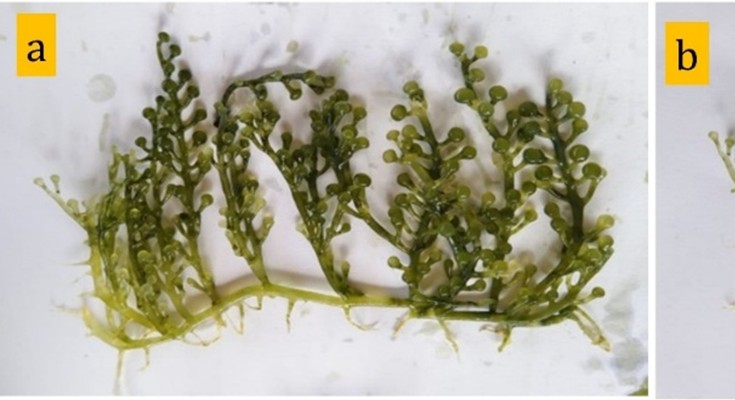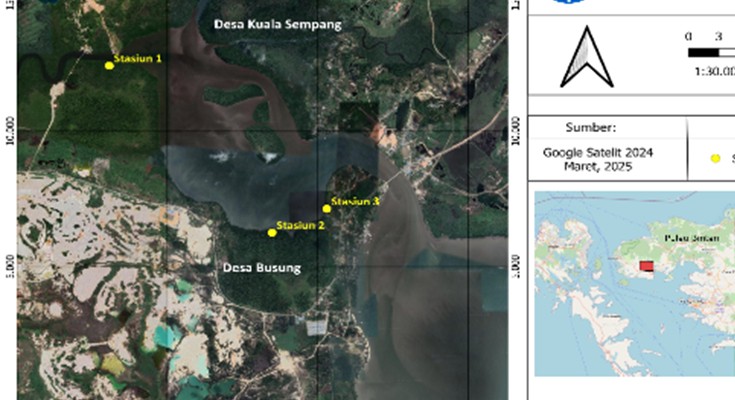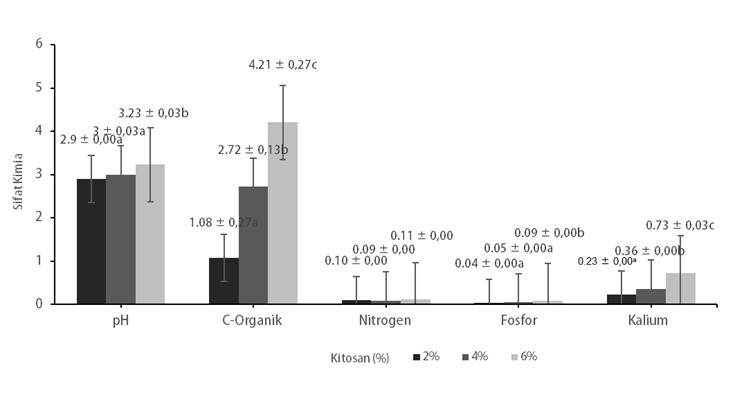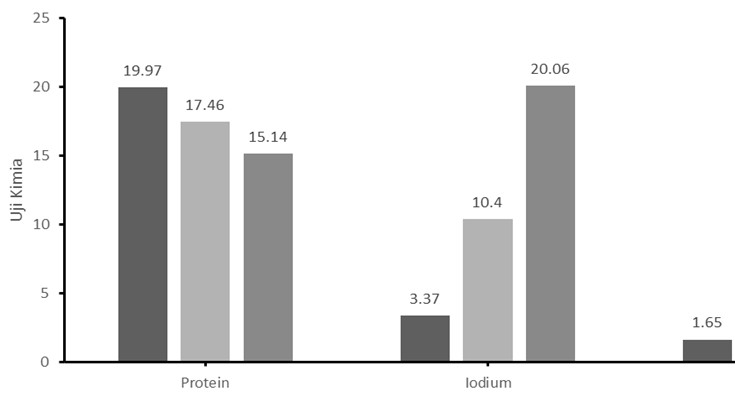
Utilization of local raw materials from South Sorong for nile tilapia (Oreochromis niloticus) feed production in Kokoda, Southwest Papua
This study aims to develop locally sourced, self-produced feed for Nile tilapia (Oreochromis niloticus) in Kokoda District, West Papua, to reduce high production costs due to reliance on commercial feed. A survey of local raw materials identified the potential use of sago flour, sembilang fish, shrimp heads, and banana peels as feed ingredients. The feed formulation was designed with a protein content of 31% and tested through proximate analysis and a 42-day growth trial of Nile tilapia using a Completely Randomized Design (CRD) compared to commercial feed. Results showed that self-produced feed resulted in lower weight and length growth compared to commercial feed, with higher feed conversion ratio (FCR) efficiency in commercial feed. However, the self-produced feed still demonstrated potential as an economical alternative with nearly equivalent fish survival rates. The study concludes that with further adjustments, self-produced feed can become a sustainable solution for tilapia farmers in remote areas.
















